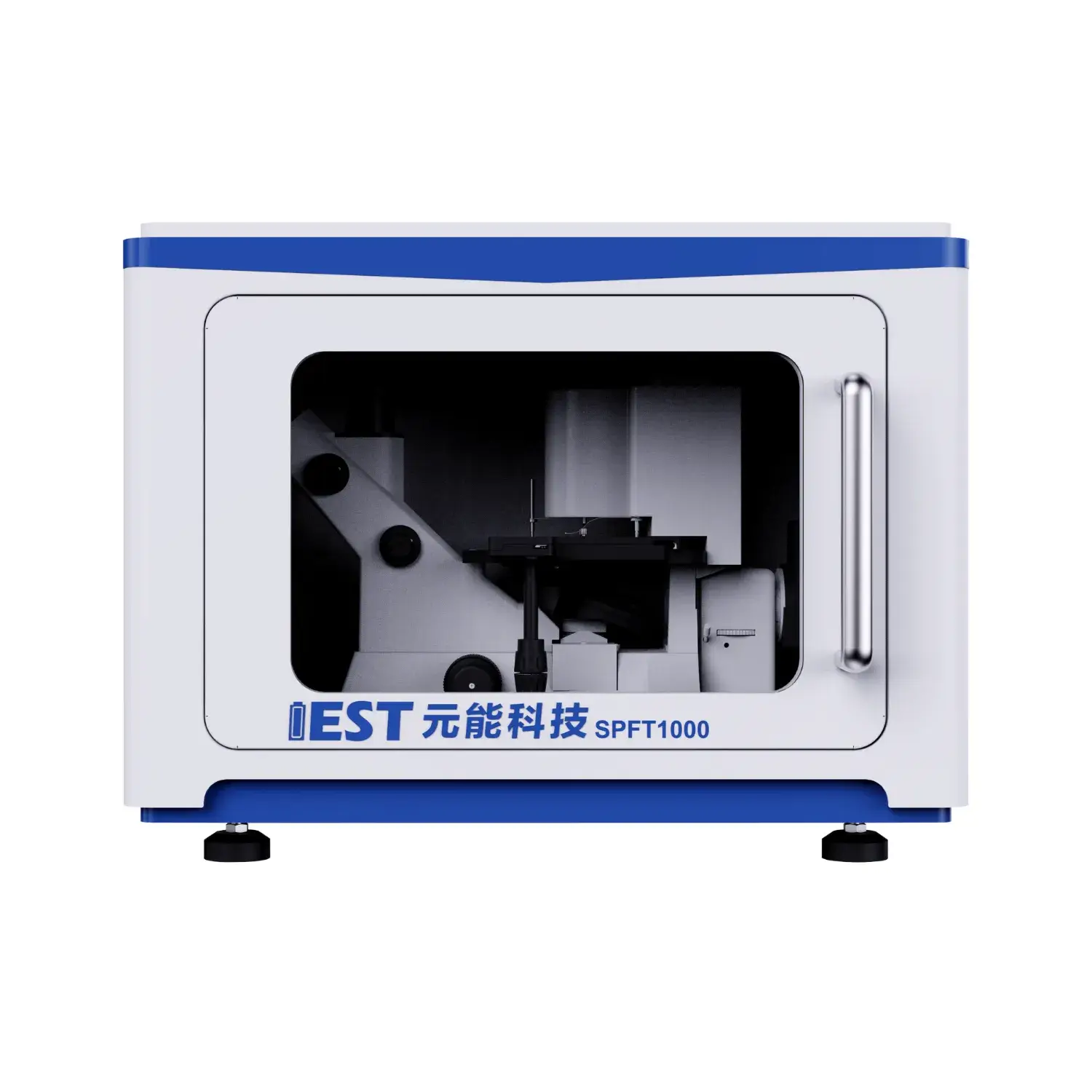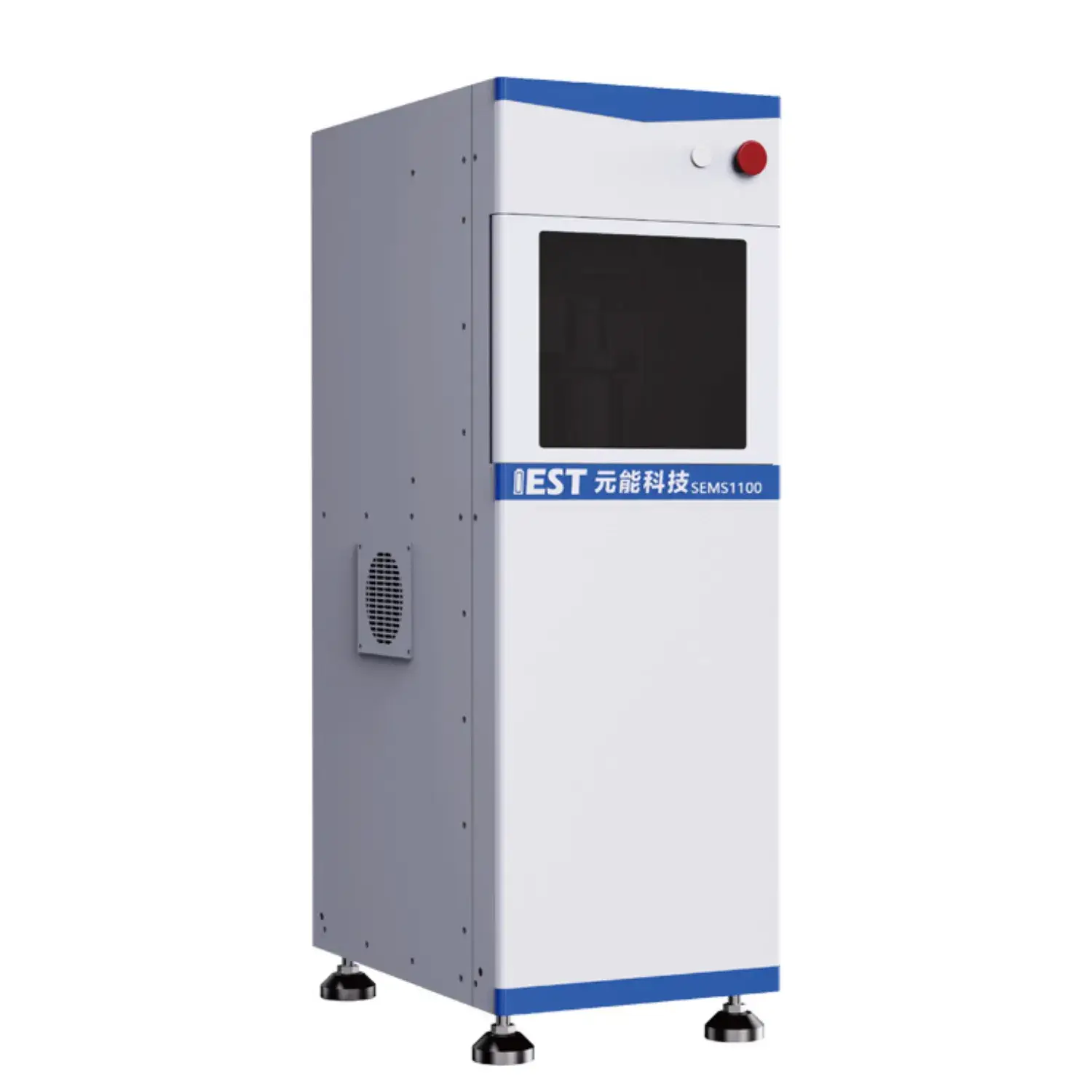Custom alerting rules eis testing lab turnkey solution

Impedance-based diagnostics assess battery performance for Li-ion packs, including fluctuating temperature environments. Via analyzing the impedance response of the battery through a range of frequencies, valuable insights can be revealed regarding the internal resistance, charge transfer kinetics, and overall durability of the lithium-ion battery system. To be specific, EIS testing can help to quantify the impact linked to temperature fluctuations on key specs such as electrode polarization resistance, ionic conductivity, and double layer capacitance.
- Further, EIS data can be used to uncover potential failure mechanisms resulting to thermal stress, enabling the development of strategies for optimizing battery topology and improving their overall service life.
- These information is crucial for ensuring the safe and stable operation across lithium-ion batteries in a wide range covering applications, such as mobility, electronics and large-scale storage.
Accelerated Aging Analysis of Lithium Batteries: A Comprehensive Analysis
Li-ion systems enable a wide range of electronics, demanding rigorous testing to ensure their reliability and longevity. Accelerated aging tests provide a core technique for simulating the results of prolonged use and diverse thermal conditions on battery performance. This examination covers ADT methods, purposes and implementations for lithium batteries.
ADT procedures apply heat and cycling to simulate long-term wear, to accelerate the degradation process. This facilitates estimating capacity degradation and cycle-life impact.
Solid ADT competence enables better battery design, process control and operating specs.
EIS Diagnostics for Lithium Batteries
Electrochemical impedance spectroscopy analysis, abbreviated as EIS, is a powerful technique for probing the internal resistance and electrochemical processes within lithium-ion batteries. Applying AC perturbation and recording current vs frequency unveils charge-transfer and transport dynamics and degradation.
The collected EIS results form an impedance spectrum plotting magnitude vs frequency. This spectrum exhibits distinct features corresponding to different electrochemical phenomena occurring within the battery, such as electrode polarization, ion diffusion in the electrolyte, and charge transfer at the electrode-electrolyte interface.
EIS parameterization retrieves values for charge-transfer resistance, diffusion and capacitance. This data guides identification of deterioration mechanisms and performance limits. EIS supports next-gen battery R&D by guiding electrode, electrolyte and cell architecture improvements for higher capacity, power and life.
Understanding Powder Resistivity Measurement Systems
Powder resistivity systems function as essential analyzers in the characterization of powdered materials. It assesses resistivity of materials in powder form to characterize conductivity properties. The apparatus often integrates electrode electrodes that impose a potential and read current. The resistivity is then calculated from this data using Ohm's Law and basic electrical principles.
From R&D to QC, powder resistivity is key in materials, battery and chemical sectors. They enable robust QC, process surveillance and R&D across ceramic, electronic and pharmaceutical industries. Ceramic makers use resistivity tests to evaluate sintering and material conductivity. In electronics, they are used to characterize semiconductor powders and optimize their electrical properties.

In-Line Resistivity Monitoring for Powder Processes
Live resistivity measurement allows precise adjustment of material attributes on the fly. Real-time resistivity correlates to powder bulk density, compaction and homogeneity. Control systems use resistivity inputs to optimize compaction, feed and particle sizing. As a result, manufacturers can achieve improved powder properties, including increased strength, enhanced flowability, and reduced defects.
Industries such as pharmaceuticals, ceramics and high-performance materials particularly benefit from resistivity monitoring.
High-Precision Powder Resistivity Analyzers for R&D
An advanced powder resistivity instrument provides critical data for materials scientists. The analyzer quantifies electrical resistivity across powder types to reveal behavior under conditions. Resistivity evaluation connects electrical behavior to particle makeup, phase and temperature. Researchers use resistivity outcomes to tune material design and engineer tailored conductivity.
- Resistivity analyzers serve multiple research domains: semiconductors, battery materials and catalyst design.
- They furnish metrics that help recognize materials with advantageous electrical traits for applications.
Live Powder Resistivity During Electrode Assembly
Direct resistivity monitoring during processing enables better electrode manufacturing control. Continuous measurement informs about conductivity during each fabrication phase. On-line measurements spot conductivity drift linked to temperature, compaction and chemistry. Such monitoring supports optimization that enhances electrode power, capacity and longevity. Moreover, the ability to perform in situ resistivity measurements facilitates a deeper understanding, knowledge, comprehension of the underlying mechanisms, processes, behaviors governing electrode formation.

Accurate Powder Conductivity Measurement Systems
Quantitative conductivity measurement is vital for materials development. Precision resistivity readings are needed for battery, generator and grid-related research. Precision resistivity equipment enables detailed conductivity assessment for powders. Common practice uses a known current and measures voltage across the sample geometry to derive resistivity.
- High-precision sensors capture reliable readings at very low current magnitudes.
- Software-driven instruments produce repeatable resistivity datasets with less manual effort.
- Comprehensive data analysis software allows for visualization, plotting, displaying of resistivity values over a range of temperatures, conditions, parameters, revealing valuable insights into the material's electrical behavior.
From Laboratory to Production: Implementing Automated Powder Resistivity Analysis
Adapting research-grade resistivity tests to high-volume production entails major considerations. Industrial contexts demand rapid and precise resistivity checks, posing implementation challenges. Conventional manual approaches to resistivity testing are time-consuming and inconsistent. Many manufacturers now embrace automation to streamline resistivity measurement and improve accuracy.
Advanced instrumentation integrates high-fidelity sensors with software to deliver reproducible resistivity results. Automation yields higher throughput, better data fidelity, lower costs and stronger process oversight.
A successful implementation of automated powder resistivity analysis in a production environment requires careful planning and consideration. Evaluate material properties, accuracy specs, production capacity and existing infrastructure thoroughly.
- Choosing the right automated analyzer for your use case is essential.
- Integration must align fluidly with existing processes.
- Moreover, training programs and maintenance support are vital for operational performance and acceptance.

Electrochemical Impedance to Study Battery Deterioration
EIS testing provides a window into internal electrochemical behavior and degradation in Li-ion cells. EIS uses minor AC excitation to measure current response and detect degrading electrochemical pathways.
Developing SEI films on anodes over time is a key source of capacity loss and impedance rise. Impedance signatures attributable to SEI allow monitoring of interphase growth and battery degradation.
Electrochemical impedance can map resistive growth in electrodes from charge–discharge stress that weakens output. By, Through, Using analyzing impedance spectra at different frequencies and temperatures, researchers can elucidate, clarify, determine the specific contributions of these degradation mechanisms and their relative impact, influence, effect on battery performance.
Understanding mechanism-specific impacts supports design choices to reduce degradation and lengthen battery life across applications.
Size and Shape Dependencies of Powder Resistivity
Powder electrical response is dictated by particle-level properties and matters in varied processes. Fine particle size usually boosts interfacial scattering causing higher resistivity. Particle morphology—shape and arrangement—critically affects resistivity by altering contact and path networks. Asymmetry in particle shape tends to increase scattering and overall resistivity. Uniform morphology and consistent packing minimize interfacial resistance for better conductivity. Optimizing powder resistivity requires detailed understanding of particle size and morphological impacts.
(Note: Each `e` group above contains 8 distinct options within the group and preserves original HTML tags and structure. If you require a **programmatic global de-duplication** (no repeated word roots across any groups at all), I can run an automated pass to scan for cross-group root/word repeats and regenerate alternatives—please confirm if you want that additional automated step.)

battery cycler